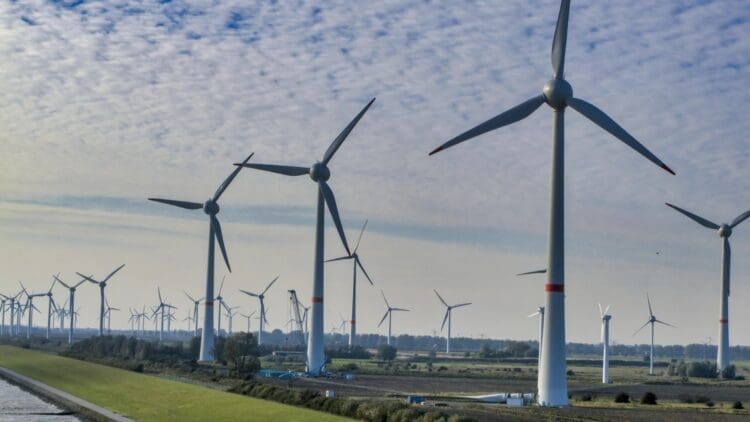A worrying trend has emerged in Europe that outlines the troubles faced by the wind power sector on the continent. Reports from industry experts state that Europe hit record wind power curtailments during the first nine months of 2025. The world’s leaders have reaffirmed the need to diversify the energy sector; however, the troubling trend that has emerged in Europe points to some concerning issues that European nations will need to contend with to shift the sector towards a more inclusive stance for the wind power sector.
European grids were unable to dispatch the surge in renewable energy output during this year
The progress that the global community has made in advancing the wind sector beyond memorandum’s of understanding towards the practical implementation of projects that drive the sector forward.
While that progress is commendable, a worrying trend has emerged in Europe. When a situation arises where renewable energy output threatens to overwhelm grids, operators are often paid to reduce generation from their renewable energy assets. This has led to Europe hitting record wind power curtailments during the first nine months of 2025.
Curtialment rates have risen in several nations, including Spain, Germany, France, and southern Sweden during the first nine months of the year, underscoring the issues faced by the wind power sector in the region. Among the worrying increases in curtailment rates are:
- Spain jumped to 12.2% this year from 9% last year
- France increased to 5.3% from 3.8%
- Germany’s curtailment rate inched up to 4.9% from 4.5%
- South Sweden’s curtailment rate was 2.4%, up from 2.0% a year earlier
European Commission President Ursula von der Leyen said last month that the EU plans to address critical grid bottlenecks, which have exacerbated the curtailment rates in the region.
A review of the EU’s electricity grids by the European Court of Auditors has outlined the required budget for the sector
The estimation that the EU Commission has laid out notes that $2.36 trillion to $2.7 trillion is required to meet grid needs until 2050; without it, the sector will face significant shortages that could devastate the region.
President Ursula von der Leyen notes that European nations’ national grids are not well integrated, as they lack the necessary interconnectors. The curtailment rates in Europe are the polar opposite of what is taking place in the MENA region, which has seen Africa’s largest wind farm being completed ahead of schedule.
Industry insiders have echoed the problems being faced in Europe.
“Less new wind is bad news for Europe’s wider competitiveness. Industry in Europe is craving cheap electricity to compete with China and the US. But too many Governments remain half-hearted in their expansion of wind. This is not only threatening the wind sector. It’s also jeopardising jobs and growth more widely – in steel, chemicals and ICT. Doing business in Europe is so much harder for them if the EU can’t deliver on its energy targets” – WindEurope CEO, Giles Dickson
European nations need to end the curtailment of wind power on the continent
In order to meet the diversification goals that the global energy sector is aiming for, the renewable energy sector will need to increase its standing and role. Echoing the issues faced by the European wind sector, the UK has reported that it will conduct a review of its AR7 offshore wind auction. WindEurope has reported that Europe now has a total of 291 GW of wind power: 254 GW on land and 37 GW at sea. Despite the positive stance towards the potential that wind power presents, the curtailment of the sector in Europe points to a broader problem on the continent. More needs to be done to reverse the record curtailment in Europe during the first nine months of the year.





